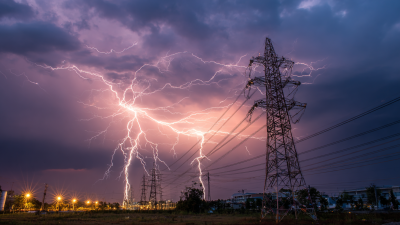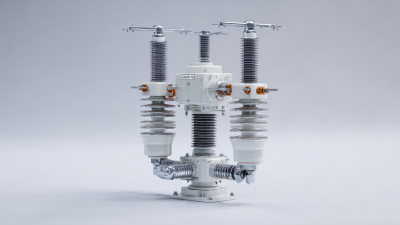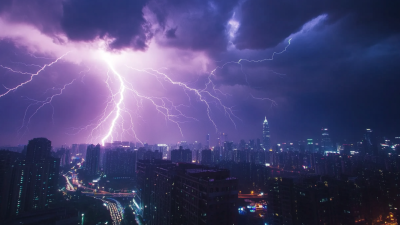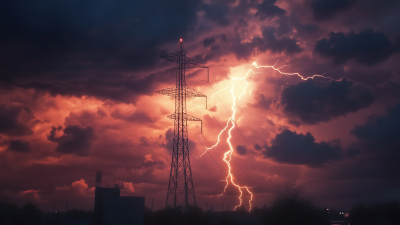
-
Home
-
About Us
-
Products
-
News
-
Blog
-
Contact Us
Leave Your Message

The 138th Canton Fair in 2025 serves as a vital platform for showcasing cutting-edge innovations across various industries, particularly in electrical safety and infrastructure. With the increasing frequency and intensity of severe weather events, the demand for efficient lightning protection systems has surged, highlighting the necessity for advanced technologies.
Recent industry reports indicate that the global lightning protection market is projected to grow at a CAGR of 6.5% from 2023 to 2030, driven by the rising awareness of safety measures in both residential and commercial sectors. At the forefront of this innovation are Gapless Lightning Arresters, which provide superior protection without the limitations of traditional solutions.
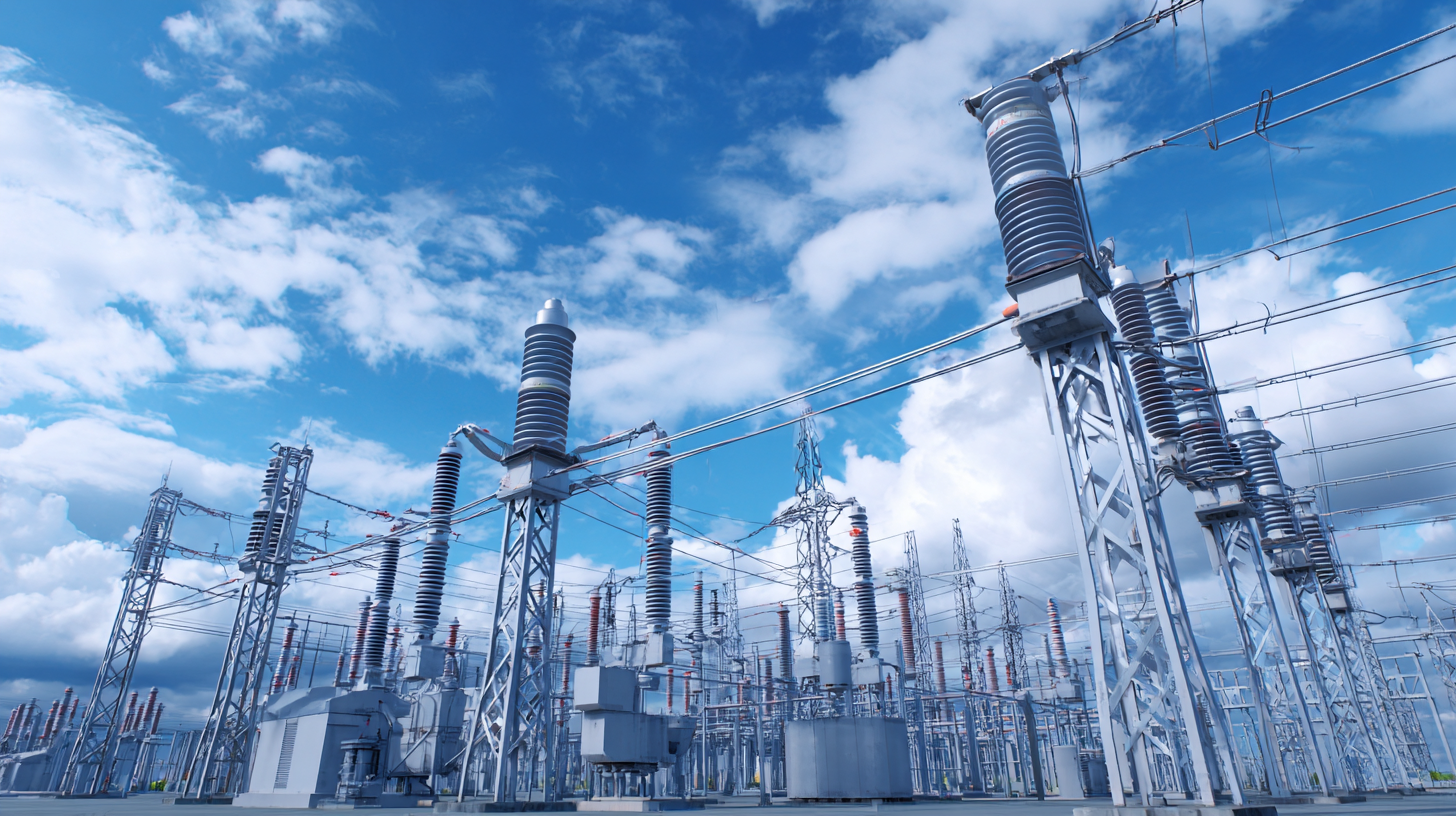
These devices not only enhance safety but also reduce maintenance costs, making them an essential investment for companies looking to safeguard their operations against unpredictable weather-related disruptions. The upcoming fair will present a unique opportunity for stakeholders to explore these advancements and foster collaborations that aim to revolutionize lightning protection.
At the 138th Canton Fair in 2025, the spotlight on innovative solutions was brightly illuminated by the presentation of gapless lightning arresters. These devices are engineered to provide superior protection against electrical surges without the weaknesses associated with traditional arresters. With a focus on reliability and efficiency, they promise to enhance the safety of electrical systems, a crucial concern in a rapidly electrifying world.
According to industry reports, the global market for lightning protection systems is projected to reach $2.5 billion by 2026, with an annual growth rate of about 6.5%. Such figures underscore the growing need for advanced technologies like gapless lightning arresters that minimize downtime and ensure resilience against electrical disturbances.
Tips for incorporating gapless lightning arresters include assessing your facility's specific electrical needs and choosing a system that best matches your operational requirements. Additionally, regular maintenance checks can prolong the life of these systems, ensuring continued protection. Ensuring that installations comply with local regulations will also safeguard investments and promote safety across electrical infrastructures.
As we approach 2025, the demand for lightning protection solutions is poised for significant growth, driven by increased awareness of safety standards and the integration of smart technology. The ongoing expansion of urban infrastructure and advancements in renewable energy systems will further elevate the need for reliable and efficient lightning arresters. Market players are exploring innovative solutions that not only enhance safety but also improve the overall resilience of electrical systems against lightning strikes.
Gapless lightning arresters are at the forefront of this evolution, offering enhanced protection without the drawbacks of traditional devices. Their compact design and superior performance are appealing to industries that prioritize both safety and space efficiency. As manufacturers gravitate towards these cutting-edge solutions, it's crucial for stakeholders to stay informed about the latest market trends and technological advancements. This ensures that they can leverage new opportunities while contributing to the development of robust lightning protection strategies that meet the needs of tomorrow's electrical infrastructure.
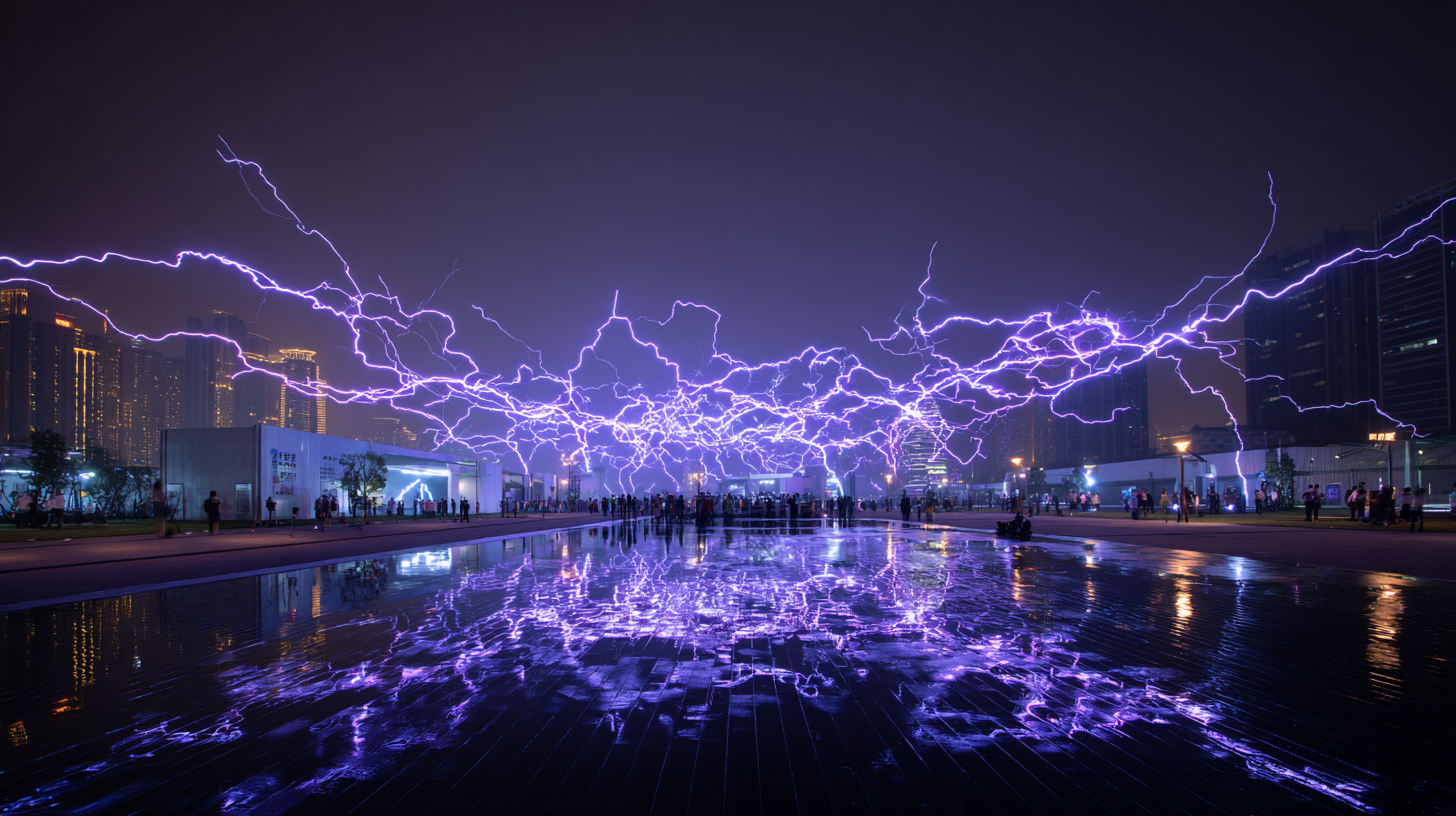
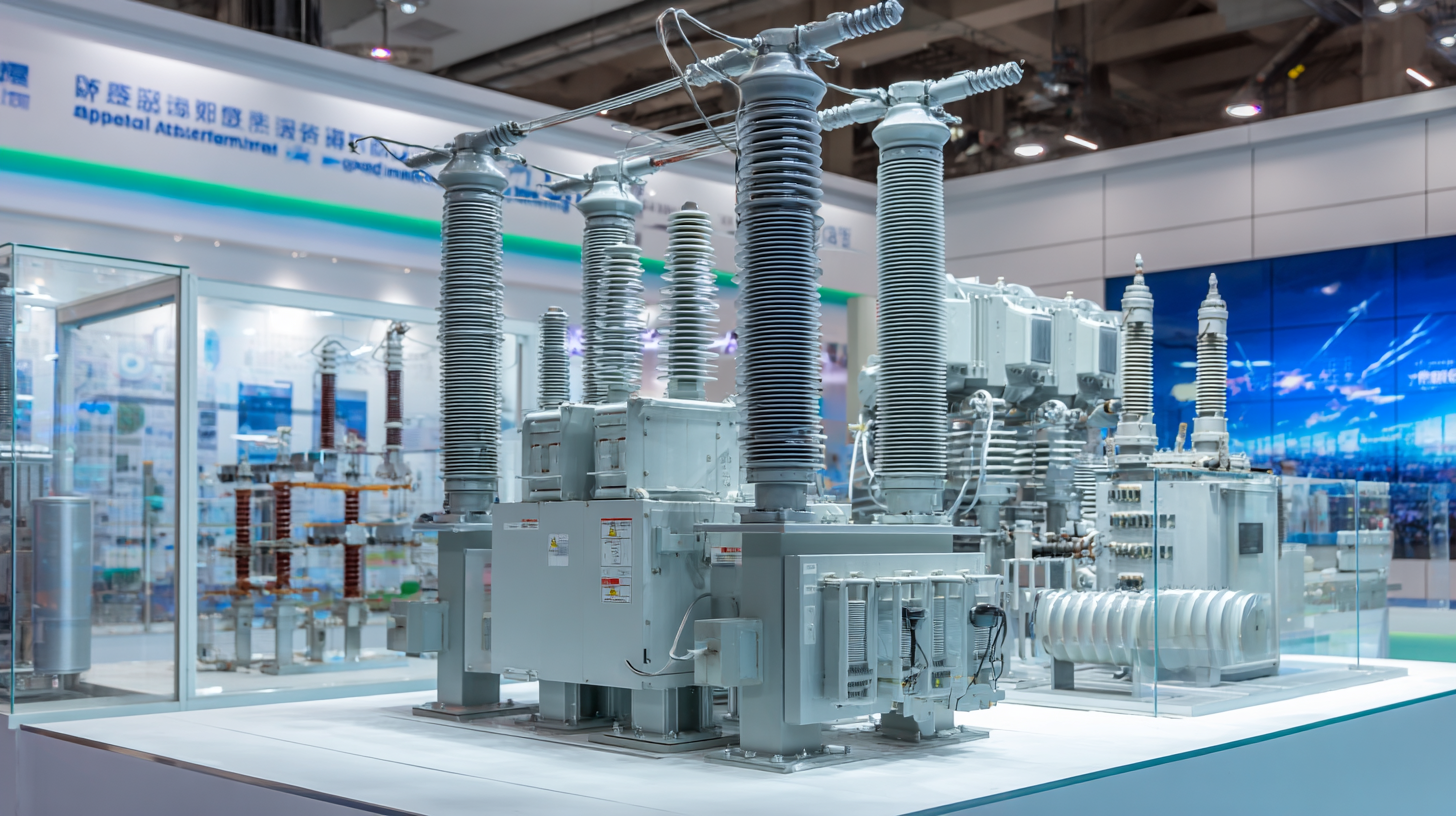 The advent of gapless lightning arresters marks a significant advancement in the realm of surge protection technologies. Traditional lightning arresters often utilize metal oxide varistors (MOVs), which can sometimes fail due to overvoltage or thermal breakdown. In contrast, gapless lightning arresters eliminate the need for air gaps, reducing the risk of component failure and enhancing reliability. This innovation not only offers improved safety but also ensures uninterrupted power supply during electrical storms, making them an attractive option for industries reliant on high availability.
The advent of gapless lightning arresters marks a significant advancement in the realm of surge protection technologies. Traditional lightning arresters often utilize metal oxide varistors (MOVs), which can sometimes fail due to overvoltage or thermal breakdown. In contrast, gapless lightning arresters eliminate the need for air gaps, reducing the risk of component failure and enhancing reliability. This innovation not only offers improved safety but also ensures uninterrupted power supply during electrical storms, making them an attractive option for industries reliant on high availability.
In a comparative analysis, gapless arresters demonstrate superior performance in terms of response time and energy absorption. While traditional models may experience delays in activation, gapless versions react instantaneously to surges, thereby providing a more robust defense against voltage spikes. Furthermore, the absence of moving parts in gapless systems results in longer service life and lower maintenance costs. As showcased at the 138th Canton Fair 2025, the growing adoption of gapless technology reflects a broader trend towards more resilient electrical infrastructure, addressing the challenges posed by increasingly unpredictable weather patterns and the rising demand for electricity.
The implementation of gapless technology in lightning protection systems presents significant advantages, particularly highlighted during the 138th Canton Fair 2025. Traditional lightning arresters often rely on gaps to dissipate electrical surges, which can lead to operational failures and increased risks of equipment damage. Gapless lightning arresters, however, utilize advanced materials such as metal oxide varistors (MOVs) to provide a continuous protective pathway, eliminating the risk of air breakdown associated with conventional designs.
One of the primary benefits of gapless technology is enhanced reliability. With no gaps to compromise, these systems offer superior performance during lightning events, ensuring that sensitive electronic devices remain safeguarded. Furthermore, the compact size and lightweight design of gapless arresters make them easier to install and integrate into existing infrastructures. As industries increasingly adopt smart technology and IoT devices, the need for effective lightning protection becomes crucial, and gapless solutions stand out as an innovative answer to this growing demand. By minimizing downtime and maintenance costs, gapless lightning arresters not only protect investments but also enhance operational efficiency across various sectors.
| Feature | Description | Benefits | Application Areas |
|---|---|---|---|
| Gapless Design | No air gaps for improved conductivity | Increased efficiency and reliability during electrical surges | Telecommunications, Data Centers |
| Low Residual Voltage | Minimizes voltage spikes during operation | Protection for sensitive equipment | Industrial, Commercial Buildings |
| Compact Size | Space-saving design for easy installation | Utilizes less physical space while providing high protection | Rooftops, High-rise Buildings |
| Enhanced Durability | Resistant to environmental impacts | Long lifespan with reduced maintenance costs | Solar Farms, Power Stations |
The upcoming 138th Canton Fair in 2025 presents a vital platform for industry leaders to forge meaningful connections and explore collaborative ventures. As global trade continues to rebound, with projections indicating a 5.5% growth in international trade volume by 2025, the fair serves as an essential meeting point for innovators and decision-makers. Participants will have the opportunity to connect with key stakeholders across various sectors, including advanced technology, manufacturing, and sustainable energy, fostering an environment conducive to networking and strategic partnerships.
One of the significant highlights at this year’s event will be the showcase of gapless lightning arresters, a revolutionary solution poised to enhance safety and efficiency in electrical systems. Recent industry reports highlight a staggering 30% increase in demand for advanced surge protection technologies, driven by the rapid urbanization and expansion of renewable energy sources.
With organizations prioritizing sustainability and reliability, the collaboration opportunities at the Canton Fair will allow leaders to discuss the latest advancements and trends in technology, potentially leading to innovative solutions that benefit the entire industry. The fair thus not only emphasizes product visibility but also cultivates an ecosystem of collaboration that is essential for future growth.

